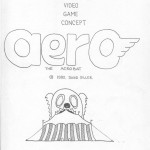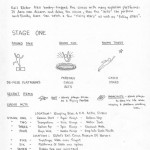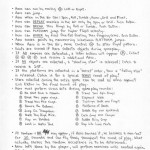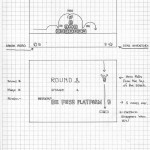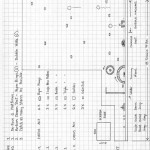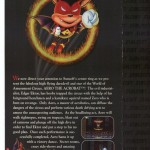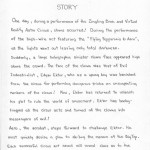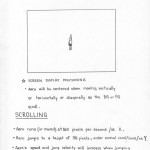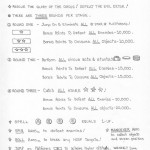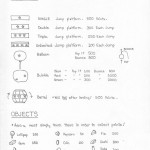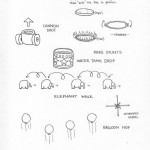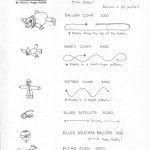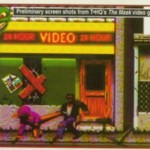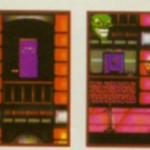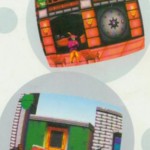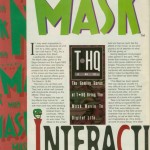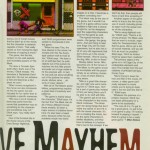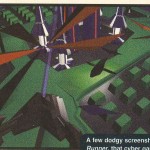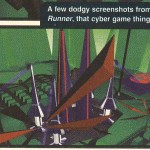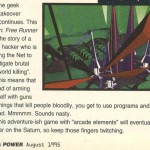Aero the Acro-Bat is a platform game developed by Iguana Entertainment and published by Sunsoft in 1993. Super for the Super Nintendo and Mega Drive / Genesis. At Kombo we can read an interesting article about the game, in which they even shared the original design doc, created by David Siller in 1992. Some of the major differences that we can notice from looking at the design doc are:
in-level missions such as hopping over quicksand and landing in a lion’s mouth that did not make it to the final version of the game.
Not all of these items are in the final version either. The barrel, for instance, appears in a single stage and is presented as a mode of transportation instead of an item worth points.
Unused enemies
The original mission objective screen showed Aero in action as an example on what the player needs to do. While this idea was not included in the original 1993 release, the 2002 Game Boy Advance re-release added a variation of this concept back into the game.
Thanks to Robert Seddon for the contribution!
Images:

